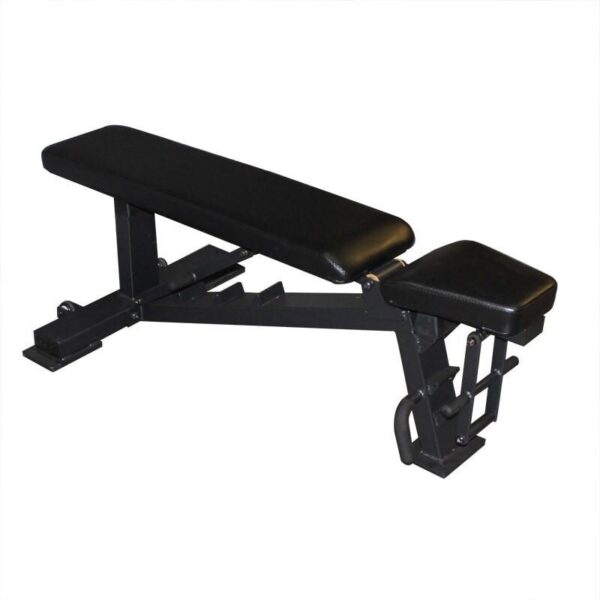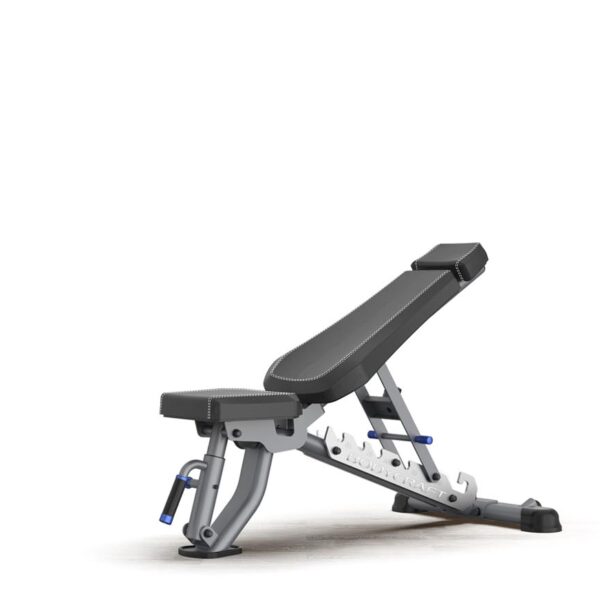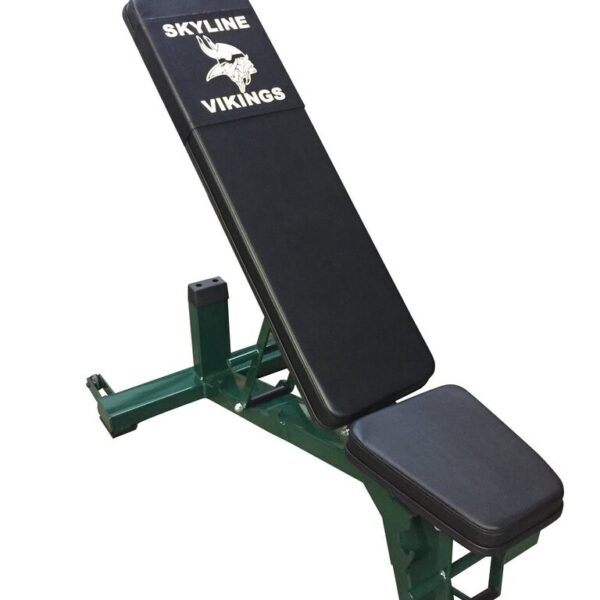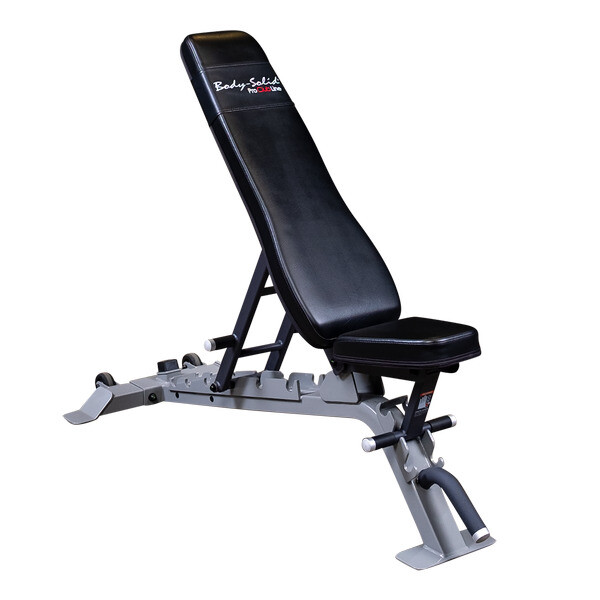Benches for Lifting
Showing all 4 results
-

Econ Incline Bench by WRIGHT EQUIPMENT
$908.20 Add to cart -

EXP CFI-1 Utility Bench by Bodycraft
$899.00 Add to cart -

Flat Incline Bench USA D1 by WRIGHT EQUIPMENT
$965.00 Add to cart -

SFID325 Pro Clubline BODY-SOLID Adjustable Bench
$550.00 Add to cart
Why Benches Matter
A quality bench is the foundation of countless strength moves—from presses and flyes to step-ups and core work. The right bench gives you stability, proper range of motion, and safety when lifting heavy. Whether you’re a beginner or a seasoned lifter, choosing the proper bench type ensures you get the most out of your workouts.
Types of Bench
Flat Bench
Simple, durable, and perfect for bench presses and dumbbell exercises. Flat benches provide a stable, level surface—ideal for heavy pressing and rows.
Adjustable (Incline/Decline) Bench
Toggle between flat, incline, and decline positions to target the upper chest, shoulders, and lower chest. Multi-angle benches add versatility without taking up much extra space.
Olympic Utility Bench
Built for use inside power racks, these benches have reinforced frames, plate storage pegs, and adjustable safety catches—perfect for heavy barbell work and advanced training.
Olympic Decline Bench
Angle your body downward for decline presses and sit-ups. The decline position emphasizes lower-chest development and core engagement.
Competition/Flat Olympic Bench
Engineered to meet strict width and height specs for powerlifting meets. Narrow profile and minimal padding for precise foot placement and stable lifts.
Designing Your Bench Station
Allow at least 3×5 ft of clear space around the bench. Position it so you can rack and unrack safely—ideally inside a rack or power cage. Lay down a protective mat to catch dropped chalk, sweat, and occasional plate slips. Keep a barbell rack or plate tree within arm’s reach to streamline load changes.
Sample Bench Workouts
Classic Bench Press Routine
Warm-up: 10 reps with empty bar
Working Sets: 5×5 at 75–80% 1RM
Accessory: 3×10 dumbbell flyes, 3×12 triceps dips
Upper-Chest Focus
Incline Barbell Press: 4×8 at moderate weight
Incline Dumbbell Press: 3×10
Incline Fly Machine or Bands: 3×12
Decline Strength & Core
Decline Bench Press: 4×6
Decline Sit-Ups (weighted if desired): 3×15
Reverse Crunches on Decline Bench: 3×12
Maintenance & Care Tips
Inspect frame bolts every month—tighten if any wobble appears. Wipe down upholstery after each use to prevent sweat damage. Lubricate pivot points on adjustable benches with silicone spray once per quarter. If the padding wears or tears, replace the bench pad promptly to maintain comfort and hygiene.
Frequently Asked Questions
Which bench is best for small home gyms?
An adjustable bench covers flat, incline, and decline angles in one unit—perfect for tight spaces and varied workouts.
How much weight can standard benches hold?
Commercial flat benches typically handle 1,000–1,500 lb; home-grade benches range from 600–1,000 lb. Always check the manufacturer’s rating.
Should I bench inside a rack or free-standing?
Using a power or squat rack adds safety via spotter arms. A free-standing bench is fine with dumbbells or lighter barbell work if you have a reliable spotter.
How do I choose between flat and Olympic benches?
Flat benches are versatile for dumbbell work. Olympic utility benches fit inside racks and offer better support for heavy barbell presses.